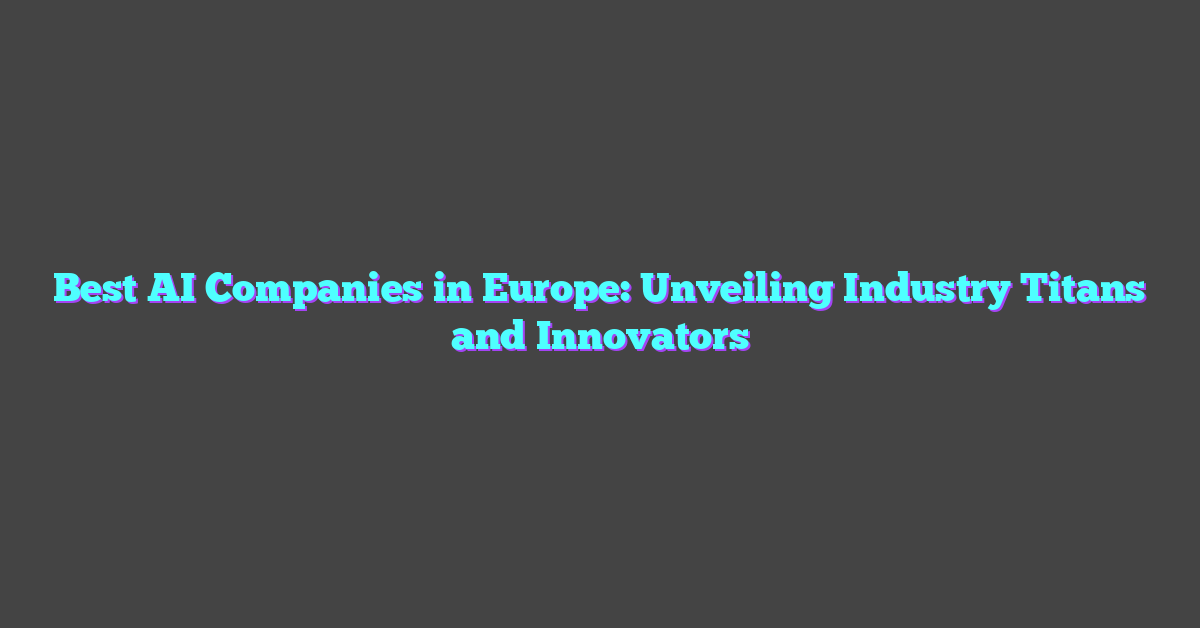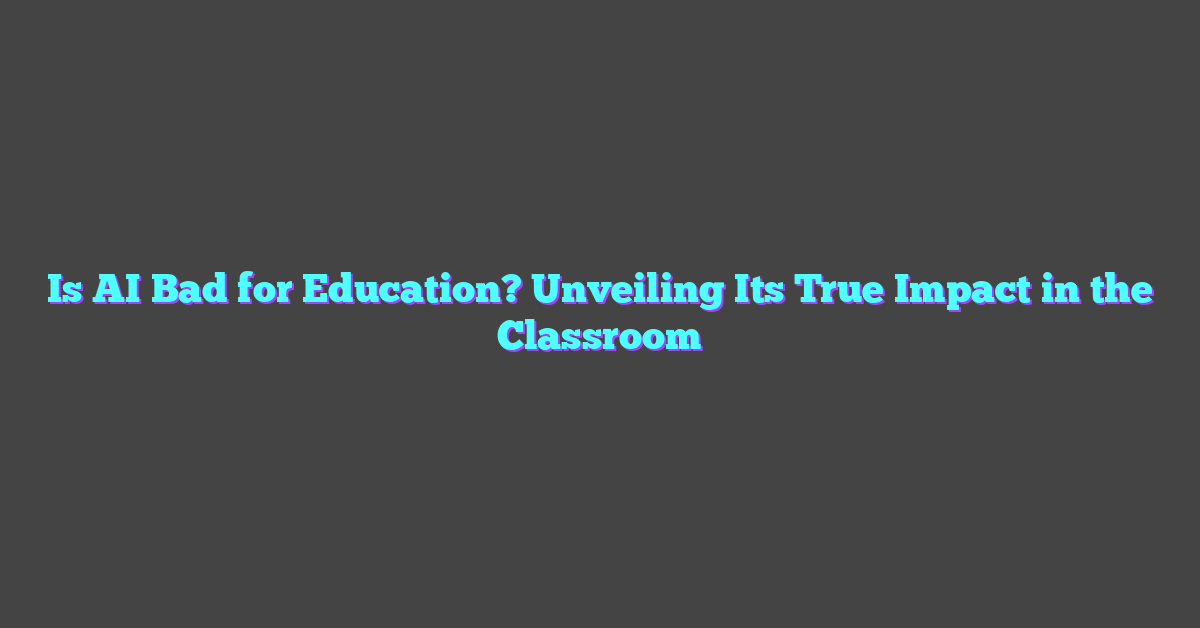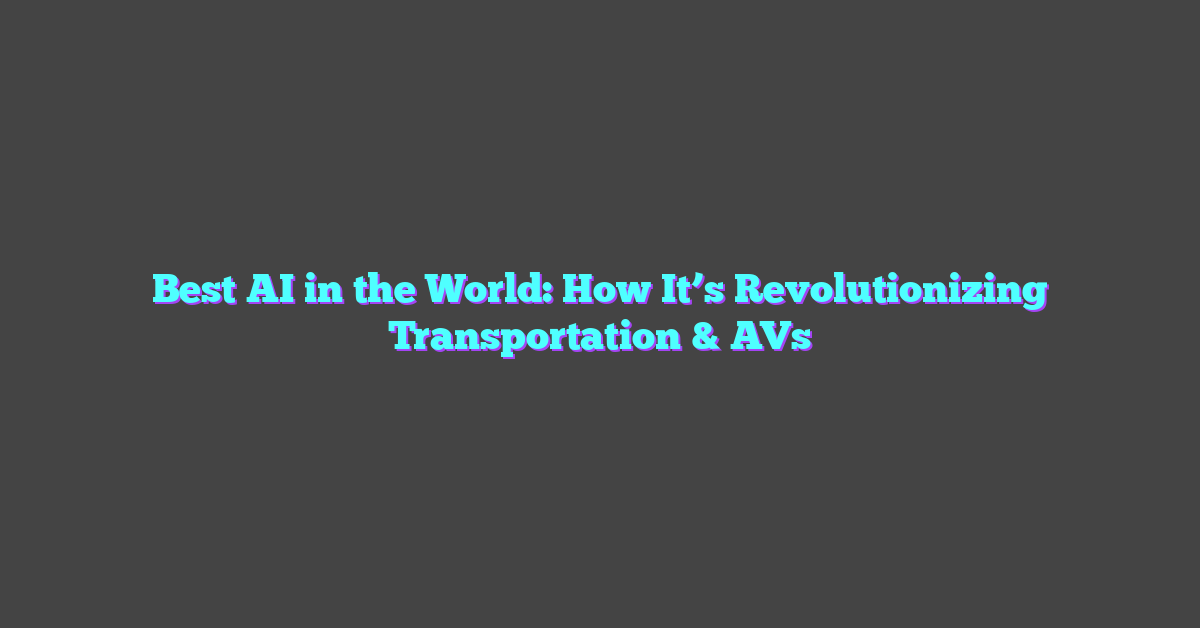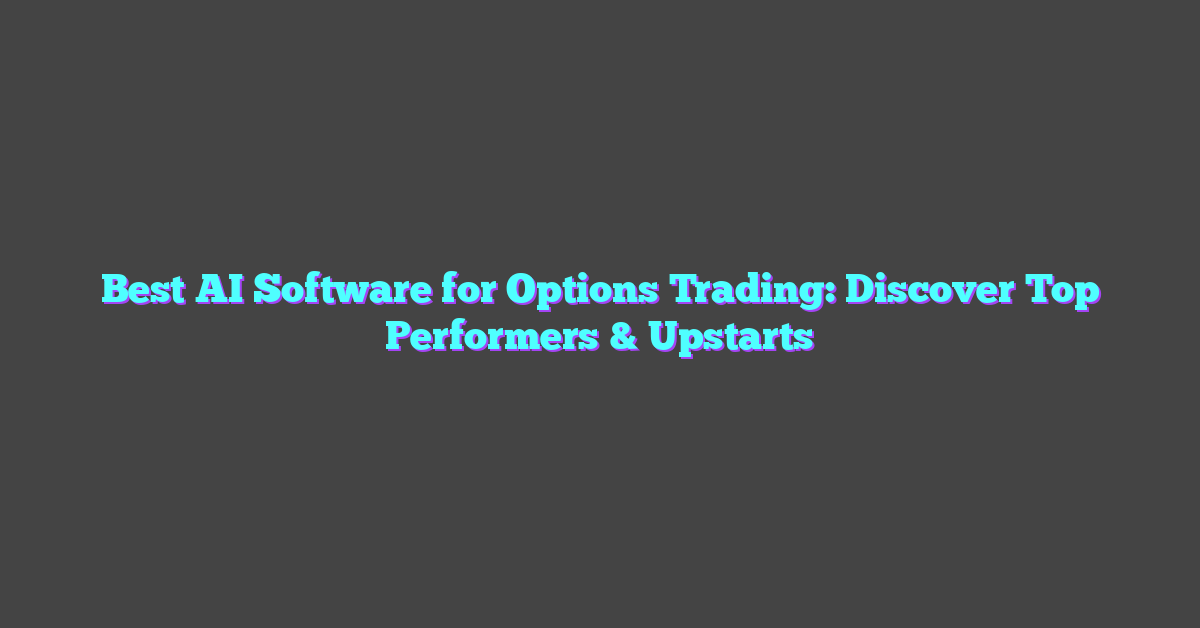In a world where technology constantly evolves, AI art has emerged as a fascinating yet controversial topic. While some hail it as a groundbreaking innovation, others raise concerns about its impact on creativity and the art community. AI-generated art might seem impressive at first glance, but there’s more beneath the surface.
Many fear that AI art could devalue human creativity, reducing centuries of artistic tradition to mere algorithms. Additionally, the ethical implications of AI art can’t be ignored, as it often borrows from existing works without proper attribution. As we dive deeper, it’s essential to understand why AI art might not be as beneficial as it seems.
Ethical and Social Implications
The rise of AI-generated art introduces ethical and social concerns that society must address. These concerns span the impacts on human creativity and the economic implications for artists.

Loss of Human Creativity
AI art has sparked debates over its effect on human creativity. Critics argue that automating art creation through algorithms undermines the inherent value of human effort. They believe that creative expression, rooted in personal experiences and emotions, cannot be authentically replicated by machines. For example, traditional artists infuse their work with a personal touch that conveys unique perspectives, an element often missing in AI-generated pieces. This reliance on AI tools may discourage individuals from honing personal artistic skills, thereby stifling innovation in the art world.
Economic Impact on Artists
The economic ramifications for artists are troubling. As AI-generated art gains popularity, many artists might find it harder to compete with machines that produce art at a fraction of the cost and time. Galleries and collectors may prefer cheaper AI-generated options, reducing demand for traditional art. A RAND Corporation report reveals that automation could disrupt creative industries, potentially displacing professional artists. Consequently, emerging and established artists could face significant financial challenges, reshaping the entire art economy.
Quality and Authenticity Concerns
AI art faces significant scrutiny concerning its quality and authenticity. While it showcases technical prowess, several factors undermine its perceived value.
Lack of Emotional Depth
AI art often lacks the emotional depth found in human-created art. Human artists infuse their works with personal experiences and emotions, creating layers of meaning. AI algorithms, even those trained on diverse datasets, cannot genuinely replicate these human nuances. For instance, a human might paint a landscape inspired by a transformative experience, while AI generates a similar scene based on patterns but devoid of lived experience.
Originality and Copyright Issues
Originality in AI art is a contentious topic. AI generates art by analyzing and learning from existing works, raising questions about the true originality of its creations. This method can lead to derivative works that closely resemble their source material, blurring the lines between inspiration and imitation.
Copyright issues further complicate the landscape. When AI uses copyrighted material to create new art, it can infringe on intellectual property rights. This scenario presents legal and ethical dilemmas, particularly concerning who owns the rights to AI-generated art and how to fairly compensate original artists.
Environmental Impact
AI art often has significant environmental implications due to the energy-intensive nature of AI systems. Machine learning models, which power AI-generated art, consume vast amounts of computational power and electricity.
High Energy Consumption of AI Systems
AI art depends heavily on machine learning, and machine learning requires substantial energy. Training large neural networks, which generate complex artworks, involves processing massive amounts of data. This process demands powerful GPUs (Graphics Processing Units) running for extended periods. According to a 2019 study by the University of Massachusetts Amherst, training a single AI model can emit as much carbon dioxide as five cars over their lifetimes. These emissions contribute significantly to the carbon footprint.
Using pre-trained models for AI art generation still incurs energy costs. Although less computationally demanding than initial training, even small inferences across many requests aggregate to significant energy consumption. This continuous requirement for powerful hardware and electricity directly impacts the environment negatively.
Conclusion
AI art, while fascinating, raises several important issues that can’t be ignored. From the potential erosion of human creativity to the economic challenges faced by traditional artists, there’s a lot to consider.
Moreover, the environmental impact of AI art is significant. The high energy consumption and carbon emissions associated with training AI models present a real concern for our planet.
Understanding these drawbacks is essential as we navigate the evolving landscape of art and technology. While AI art offers exciting possibilities, it’s crucial to weigh these against the potential downsides.
Frequently Asked Questions
What is AI art?
AI art is artwork created using artificial intelligence technologies, specifically machine learning models, to generate pieces that mimic human creativity.
How does AI art impact human creativity?
AI art can both enhance and challenge human creativity. While some see it as a tool for inspiration, others worry it may undermine the value of human-created art.
What ethical concerns are associated with AI art?
Ethical concerns include the potential loss of human creativity, economic challenges for traditional artists, and questions about the originality and authenticity of AI-generated works.
How does AI art affect traditional artists economically?
Traditional artists could face economic difficulties as AI-generated art becomes more prevalent and potentially cheaper, reducing demand for human-produced art.
What are the environmental implications of AI art?
AI art generation is energy-intensive, with training AI models consuming significant amounts of power and emitting high levels of carbon dioxide, similar to five cars over their lifetimes.
How energy-intensive are AI systems used in generating art?
AI systems used in generating art are highly energy-intensive, with training a single AI model capable of emitting substantial amounts of carbon dioxide.
Are there any studies highlighting the environmental impact of AI art?
Yes, a 2019 study found that training a single AI model can emit as much carbon dioxide as five cars over their entire lifetimes.
Why is it important to understand the drawbacks of AI art?
Understanding the drawbacks, including ethical, economic, and environmental impacts, is essential for making informed decisions about the adoption and regulation of AI in the art world.
Can pre-trained models reduce the environmental impact of AI art?
Using pre-trained models can somewhat reduce energy consumption, but it still poses significant environmental challenges due to the high demand for computational power.




